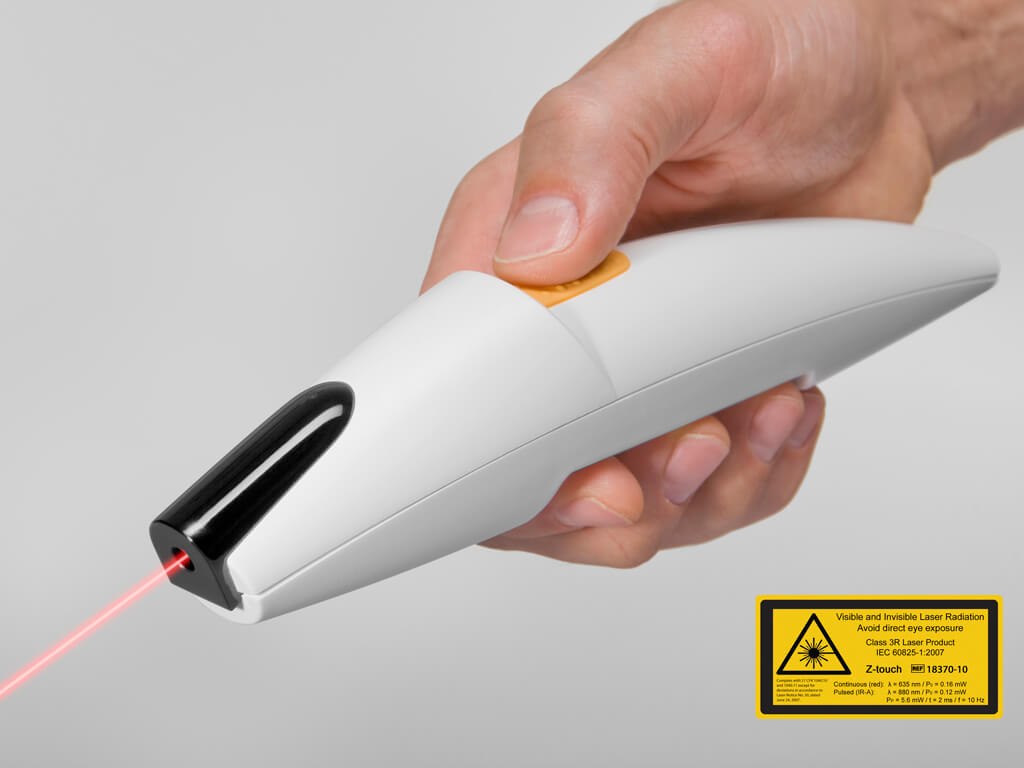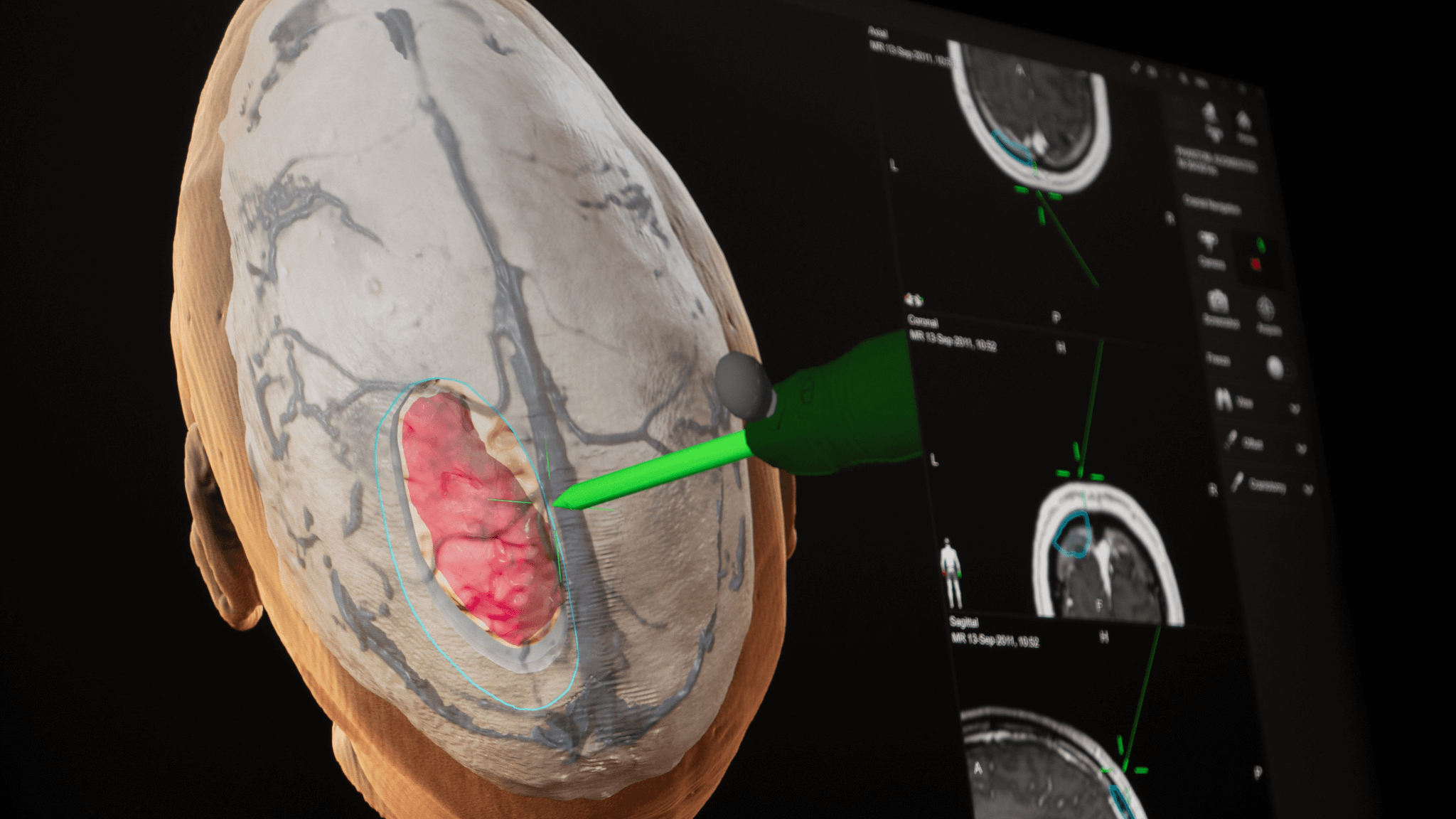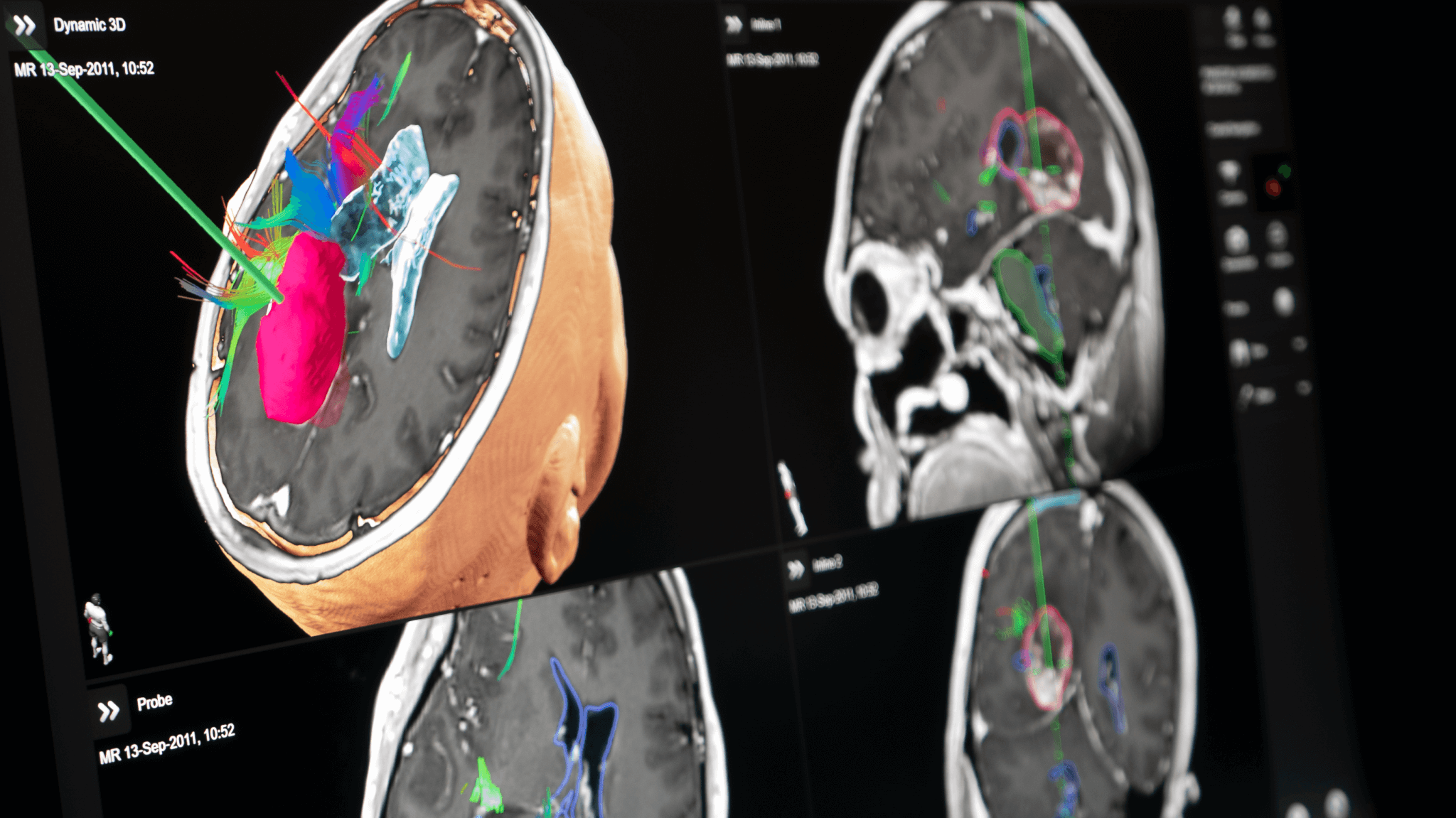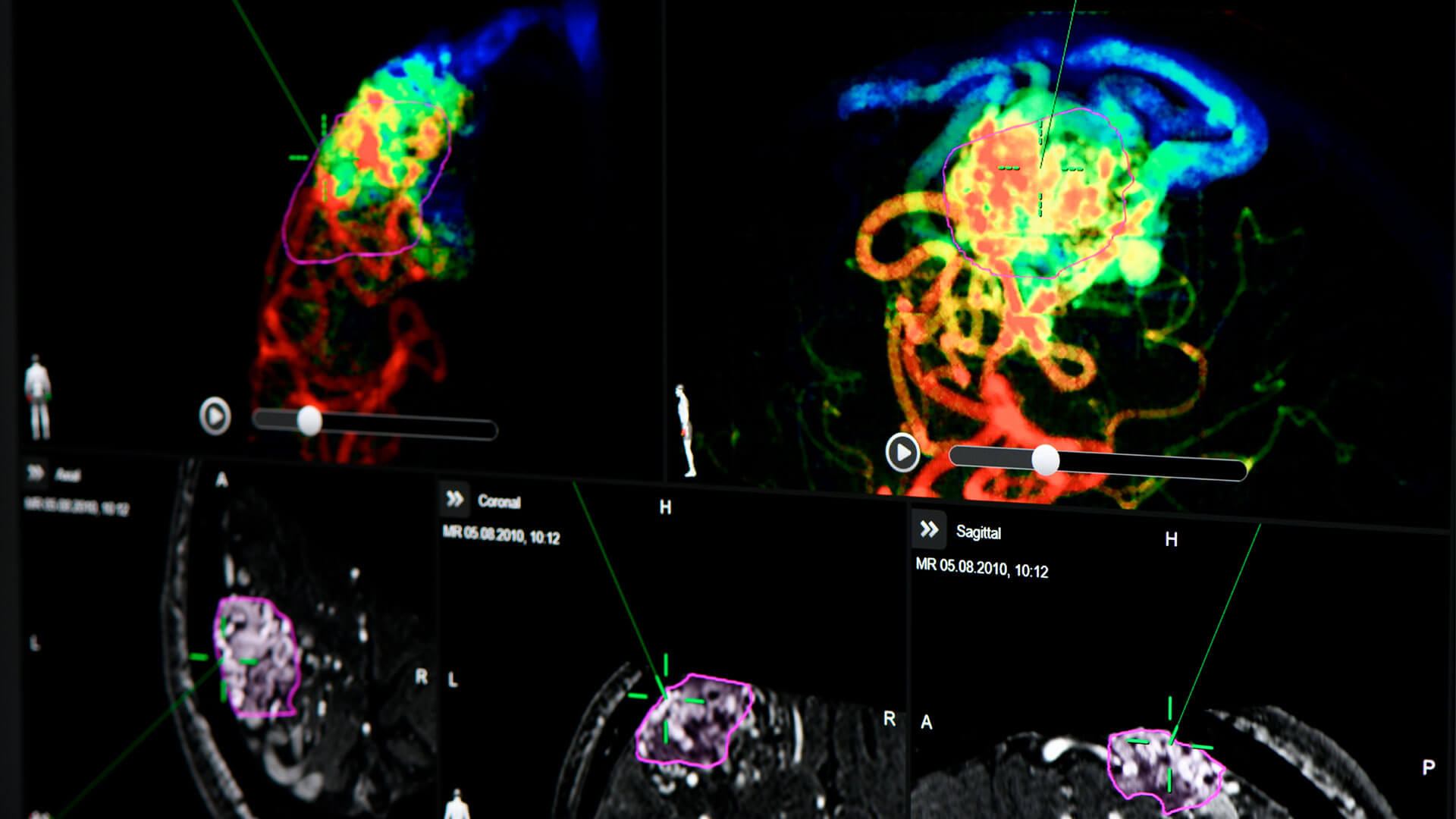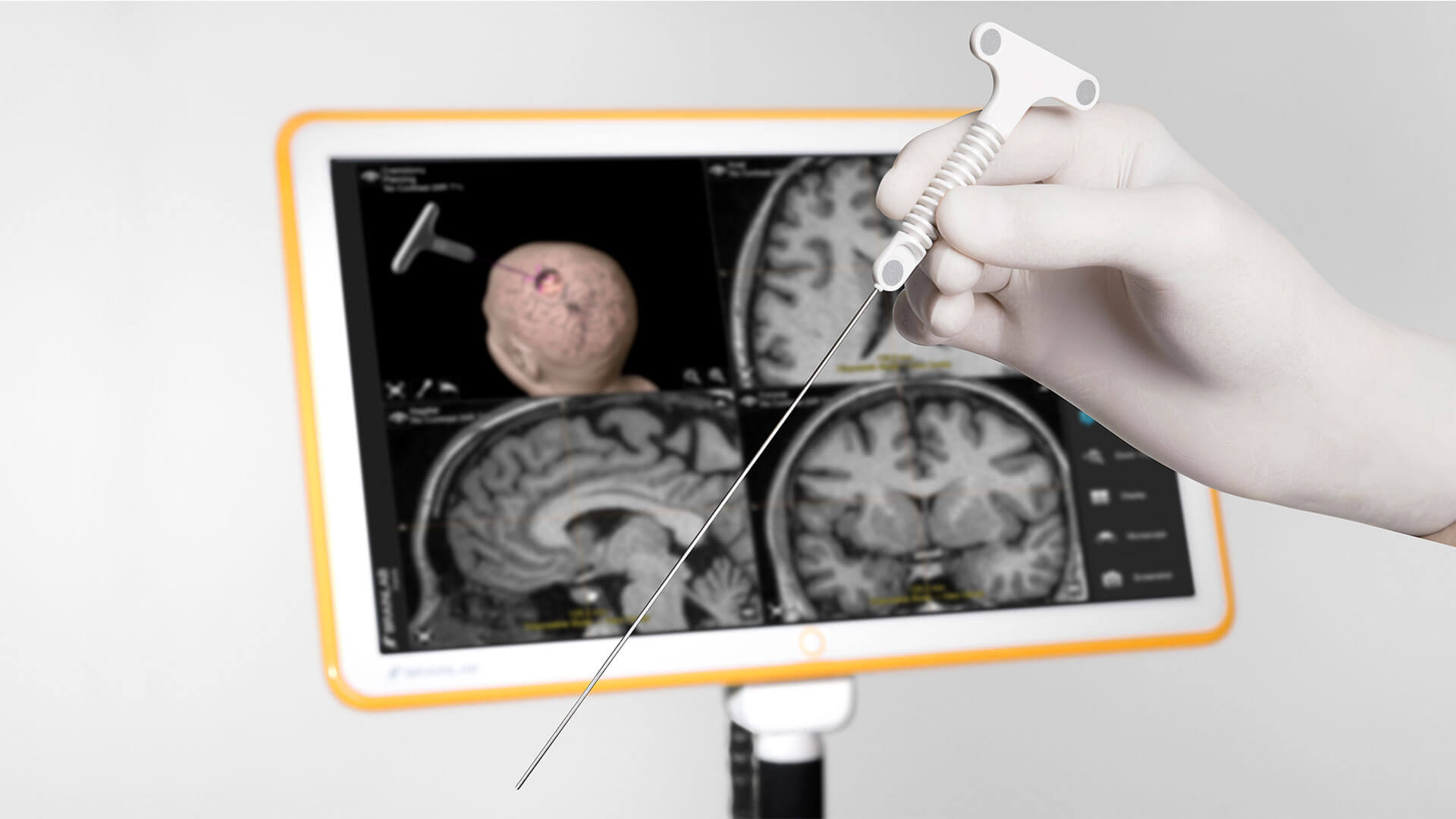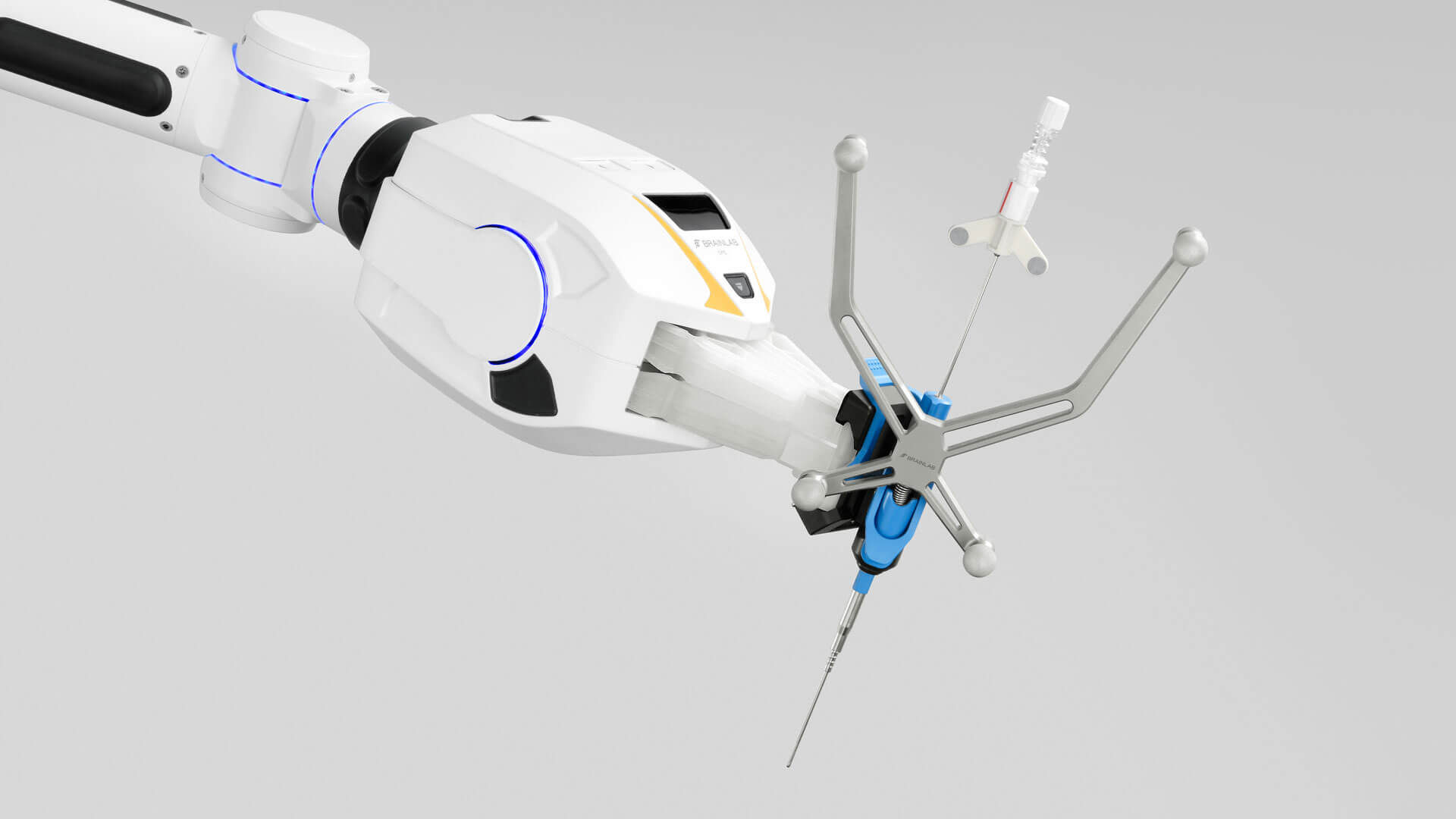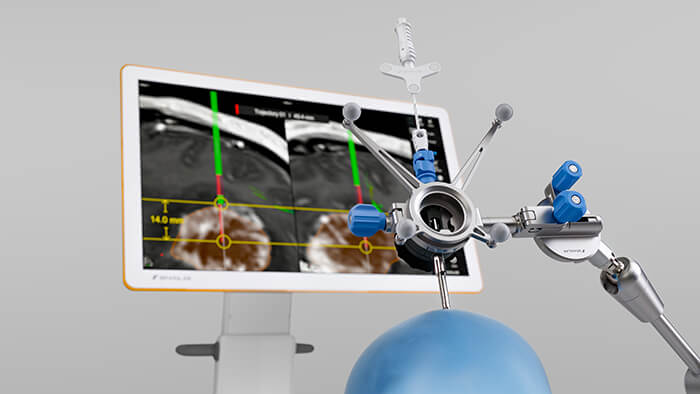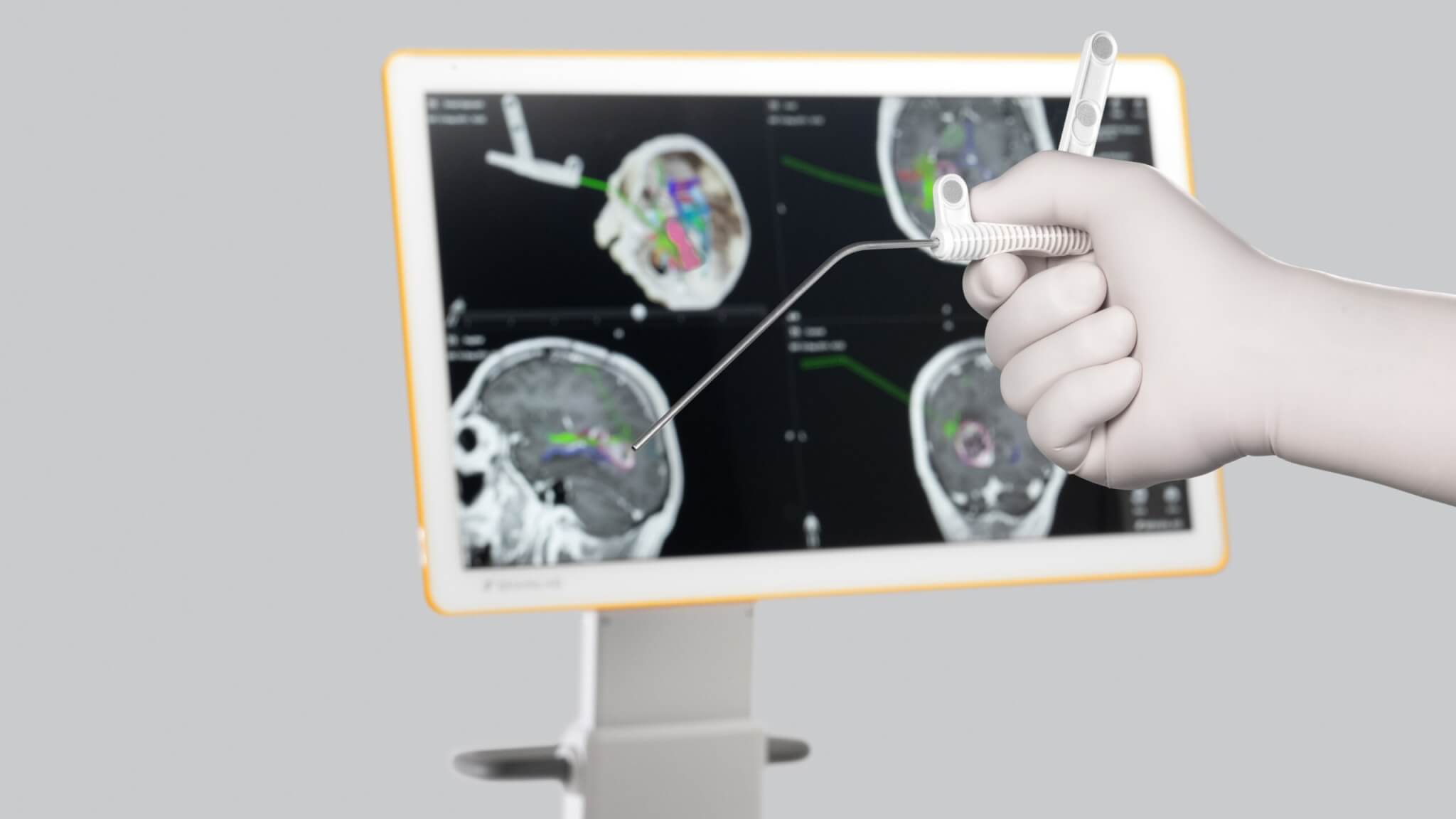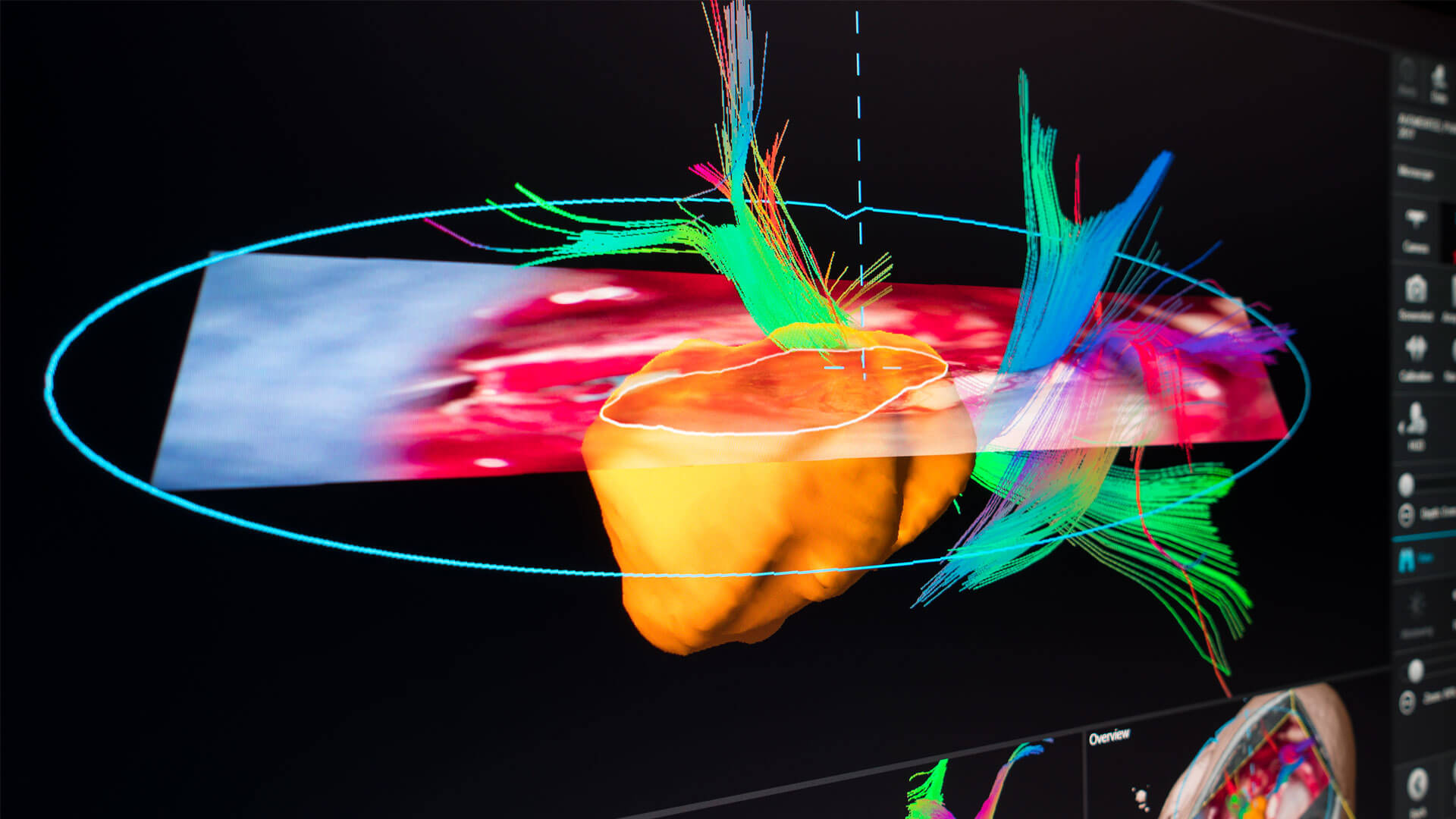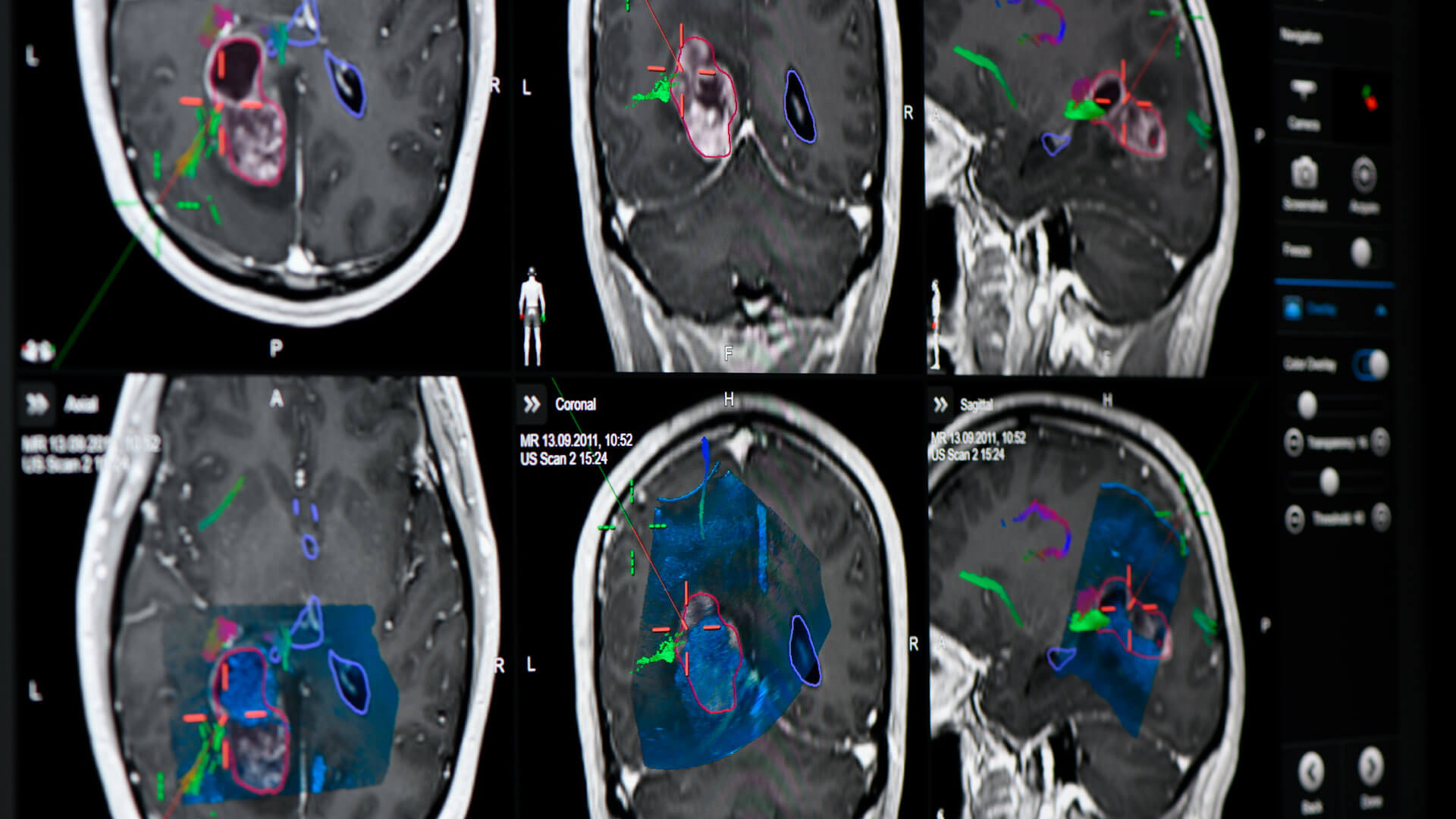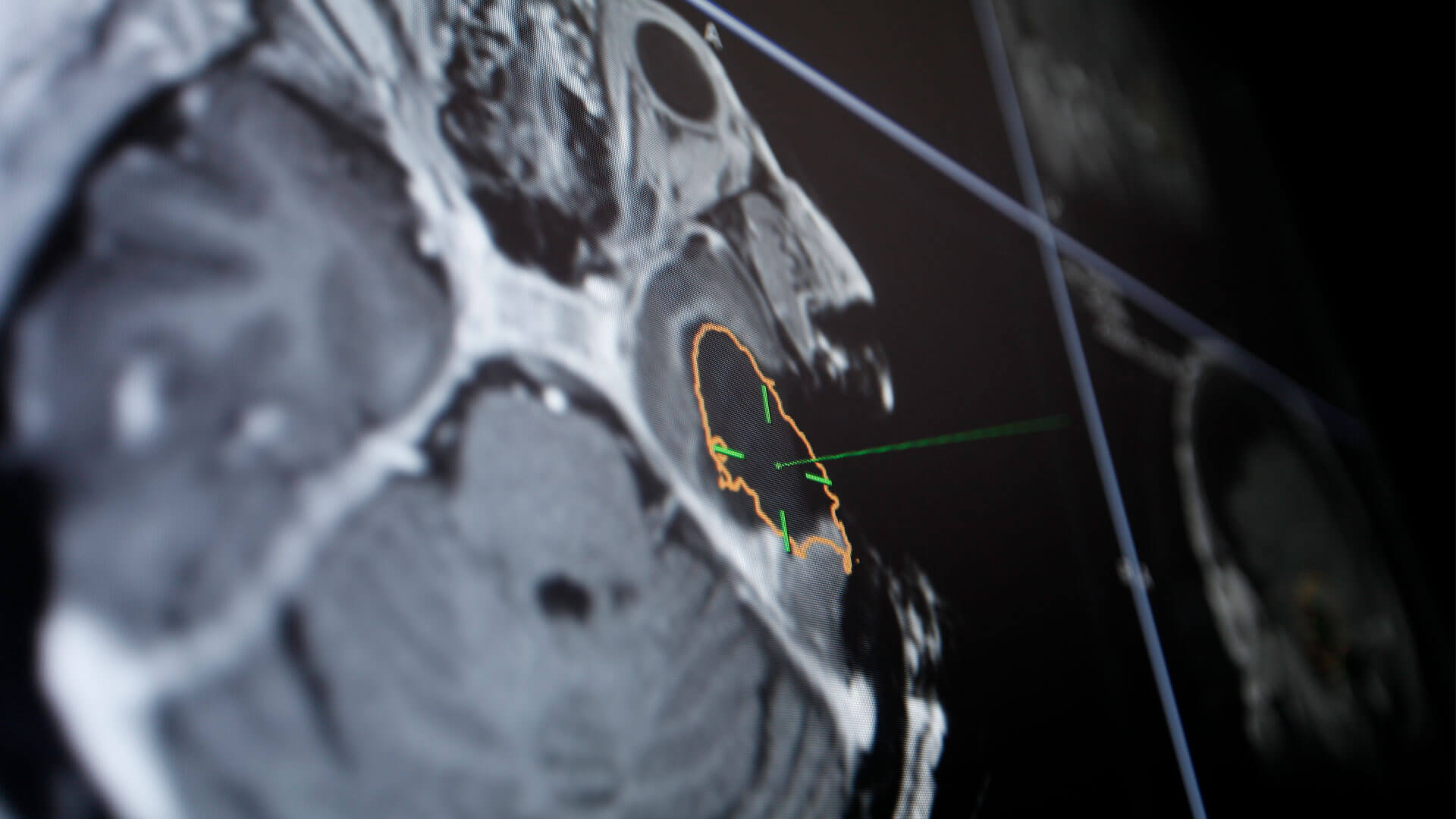ブレインラボの脳神経外科手術用ナビゲーションシステムは、使いやすさと術者のニーズに応える幅広い機能を持つ製品です。
販売名:Curve2 ナビゲーションシステム (医療機器認証番号:303AABZX00038000)
販売名:Curve ナビゲーションシステム (医療機器承認番号:22400BZX00153000)
販売名:Kick ナビゲーションシステム (医療機器承認番号:22500BZX00283000)
販売名: Loop-Xモバイルイメージングシステム(医療機器承認番号:30400BZX00137000)
販売名:Buzz ナビゲーションシステム (医療機器認証番号:303AABZX00001000)
販売名:Elements サージカルアドバンス(医療機器認証番号:227AABZX00098000)
フィデューシャルマーカーを用いたレジストレーションを行うために、MRまたはCT画像撮影に必要な追加時間を比較
当社旧バージョンとの比較: Cranial/ENT
Elements手術計画アプリケーションが必要
Not yet commercially available in several countries (CE mark available). Please contact your sales representative
Bradac et al. (2017): World Neurosurgery, DOI:10.1016/j.wneu.2017.04.104
Not yet commercially available in several countries (FDA clearance available). Please contact your sales representative

